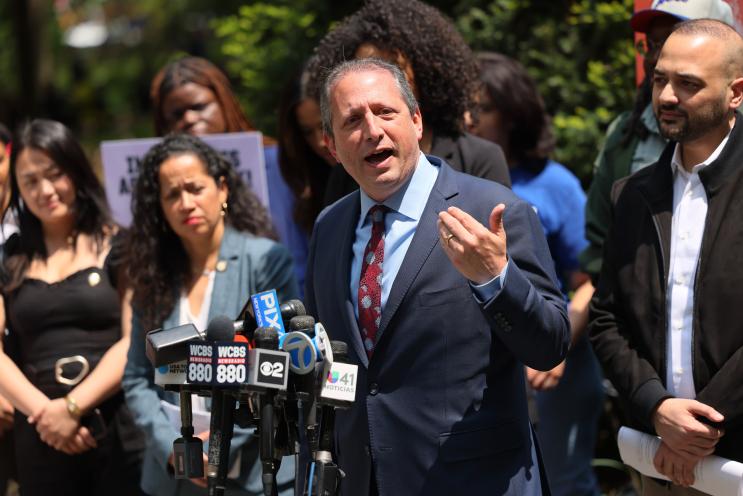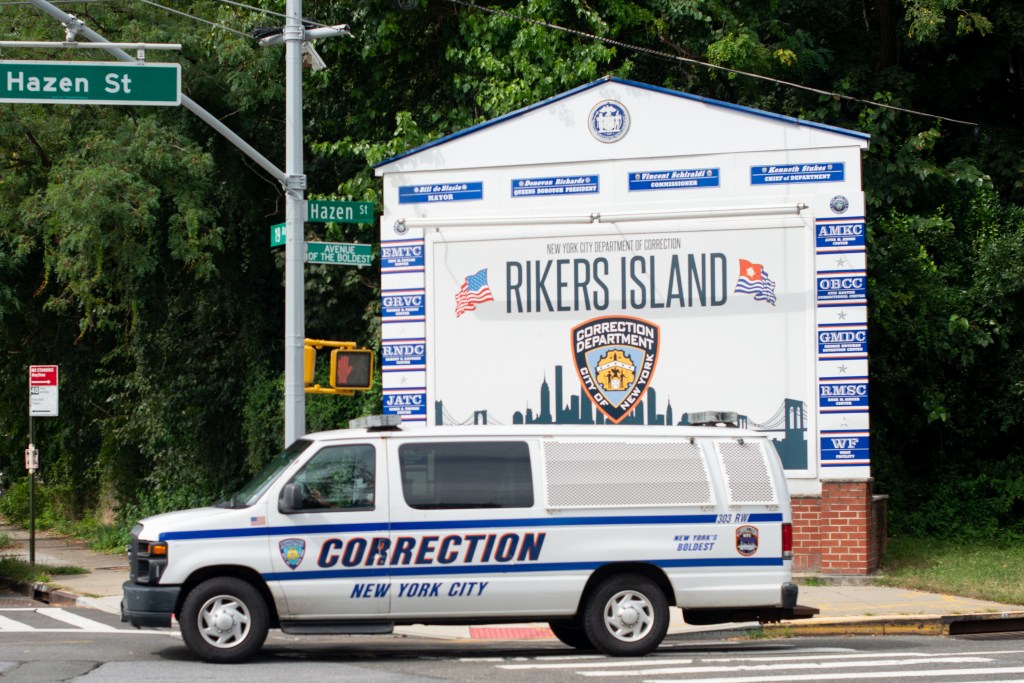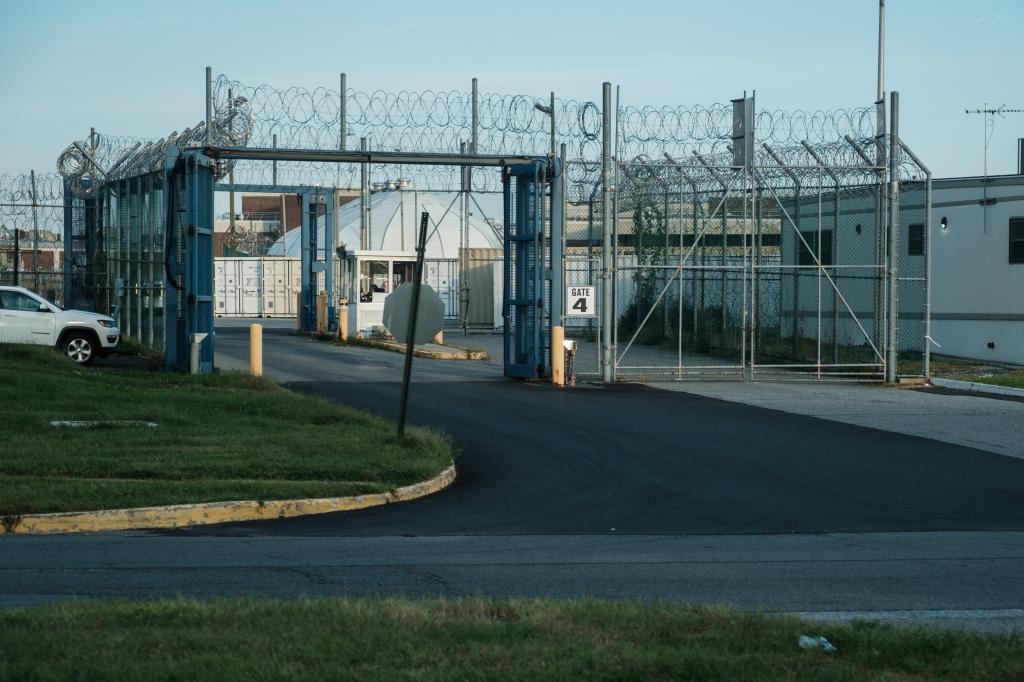Comptroller Brad Lander is the city’s chief accountant, responsible for making sure the city’s books are balanced and the taxpayer’s money well-spent.
But even a brief glance at his social media and television appearances shows he’s more preoccupied with advancing his hard-left ideology and career than with fiscal scrupulousness.
And that ideology is particularly dangerous when it comes to putting law-breakers behind bars.
On MSNBC recently to discuss the death of Jordan Neely on the subway, for instance, Lander argued that jailing people was economically wasteful.
“It costs us $500,000 a year to keep someone at Rikers Island,” Lander claimed.
Yet “it costs less than $50,000 a year to have someone in supportive housing where they get the care that they need.”
Don’t buy it: He’s conning us.
Sure: Spending 10 times more to lock someone in a cell than to give them a nice apartment with on-call therapists and counselors helping them through mental-health crises sounds like a poor way to allocate resources.
But the two “alternatives” — jail or supportive housing — have little to do with each other.
Lander isn’t just comparing apples and oranges; he’s completely mischaracterizing the two.
For starters, it’s nonsensical to say it “costs” half a million a year to jail someone at Rikers.
The real cost of adding an inmate is whatever it costs to feed and clothe him.
Rikers is a massive jail complex with a staff of thousands.
It has its own 15-megawatt cogeneration power plant.
Naturally, it costs a lot to maintain this facility, but most of the funding goes toward fixed costs — expenses that can’t be cut without losing baseline functionality.
True, the per-inmate cost of running Rikers has gone up a lot.
But that’s because the number of inmates at Rikers has fallen so sharply.
Per Lander himself, Rikers held 5,915 people in April.
Just 10 years ago, the number was closer to 11,000; in the early 1990s, it was more like 22,000.
And while there are too many people with serious mental illness on Rikers, even Lander acknowledges more than 80% are just ordinary criminals.
Reducing the number in jail has been a major win for Lander and the progressives who increasingly control criminal-justice policy in New York, so they should see the rise in the per-prisoner cost as a cause for celebration.
Indeed, if the $500,000 per year cost of jailing someone at Rikers is such a concern, you could halve it by simply doubling the number of people in jail.
Lander claims “supportive housing” is the solution to the problem of the “criminalization of mental illness.”
But again, math and logic take a backseat.
The city already has the nation’s largest supportive-housing program and has spent billions expanding it.
Yet the evidence that it improves mental health or reduces drug addiction is thin, as Manhattan Institute scholar Stephen Eide has demonstrated.
The call to expand supportive housing is based on the progressives’ idea of “Housing First,” which argues that homeless people should be given a place to live, no questions asked.
Once they have a stable home, advocates say, it will be possible to offer them drug treatment, job training, and mental health services.
This is the same idea of “harm reduction” that has led to a proliferation of “safe injection” centers around the city.
Since there’s no way to stop people from using drugs, let’s make it safe and sanitary to do so, say the advocates.
But overdoses continue to soar, and the neighborhoods around the injection centers have become increasingly squalid.
Similarly, giving someone with no life skills a no-strings-attached apartment — which they will likely keep forever — is a recipe for disaster.
It’s not just that the $50,000-a-year cost Lander cites (actually it’s likely higher) remains for their lifetimes in most cases, whereas the average stay at Rikers is just 115 days.
It’s also that the “service resistant” population, including individuals like Neely, is unresponsive to voluntary treatment.
Mayor Eric Adams recognized this in November when he spoke to the city’s “moral obligation” to hospitalize the seriously mentally ill, whether they want it or not.
Lander pretends social services can “reform” these people, yet often only coercion, stiff consequences, and confinement will keep a lid on crime.
Lander isn’t concerned with how much New York spends any more than he cares if the streets and subways are safe.
His radical ideology of defunding the police and empowering cronies in the nonprofit world animates his every word.
Don’t be fooled by his fake pleas about fiscal prudence.
Seth Barron is managing editor of The American Mind and author of “The Last Days of New York.”






